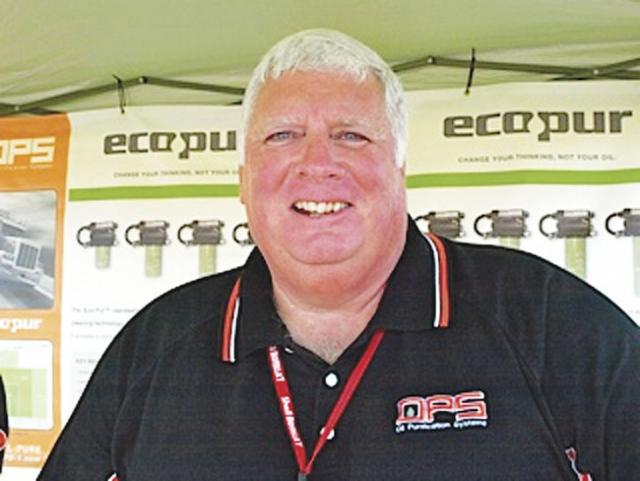Understanding Oil Contaminants

I started reviewing oil sample results fifteen years ago and at first I was probably as doubtful as anyone that the samples would actually prove to be a valuable resource. I can tell you that after seeing how many major breakdowns and costly repairs that were avoided by a simple $25.00 oil sample they are extremely valuable. I have written numerous articles in recent years highlighting the benefits and many have contacted me to say that the results helped them greatly to improve their bottom line. If you are still on the fence and doubt that taking periodic samples will benefit you I highly suggest you invest the $25.00 and give it a shot.
Remember an oil maintenance program that includes oil sampling not only verifies the quality of the oil but identifies any wear metals or contaminants that indicate the engine is not functioning properly and if the defects are not corrected, it is likely that a costly component failure is inevitable. Sampling creates a historical record that, if properly reviewed and acted upon, will save $$$$$ in the long run and lower overall maintenance expenses.
Knowing what to look for and how to interpret the oil samples is vital to maintaining your engine. The lab will make comments and suggestions based on their findings and the information provided. For example an elevated potassium and sodium usually indicates an antifreeze (glycol) contamination. If you have been adding antifreeze regularly then the findings are confirmed. But if you have no loss of antifreeze additional investigation is required. The potassium could have come from the protective coating on a new part you recently installed as coating contains high potassium levels to protect part from corroding while on the shelf. The part may not have been properly clean before installation. Sodium could be environmental coming from either road salt or sea air. The abnormal diagnosis would have been different if the lab had this information to aid evaluation.
Too many times I hear of unnecessary costly engine repairs being performed based on sample results that have abnormal results that would be normal with additional information or little investigation. When a sample shows an elevation of wear metals STOP consider what could be causing it before you start spending. Ask yourself did I pull a heavy load up a grade since last sample? Or break a hose causing overheating? Situations which put added stress on the engine can easily cause an elevation in wear metals, especially lead, copper and aluminum. These metals are found in bearings and they act as sacrificial metals designed to wear at a normal rate to protect the iron and steel parts from damage. Wear metals are reported in parts per million (ppm). An increase of 10-50 ppm is not unusual. In fact normal lead wear for a 15,000 mile oil cycle is between 10-30 ppm. Keep this in mind if you are using an extended drain filtration system as your wear metals will be reported cumulatively. You should always calculate the amount of wear since your last sample to get an accurate picture rather than relying on the cumulative result.
Products that remove contaminants from lubricating oil as part of a maintenance program that includes oil sampling will ensure that oil expenses and engine wear can be controlled, resulting in lower overall expenses, improved profits and extended engine life.
Take the time to research what products are available, compare both initial start-up costs and ongoing, It annual expenses of devices, filters sample kits, etc., then purchase the right system and start saving.
For information on the OPS EcoPur System call Frank at 203-346-1832 or email: [email protected]
